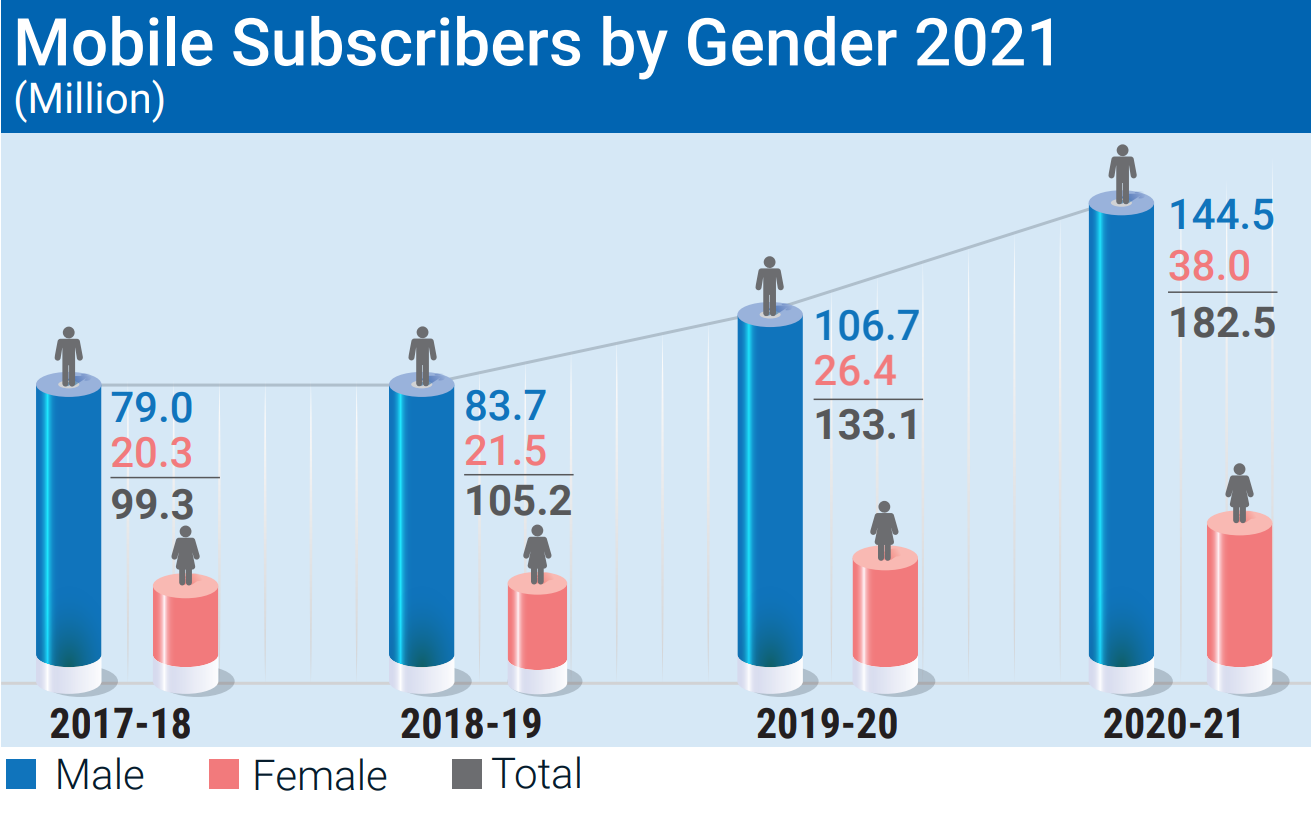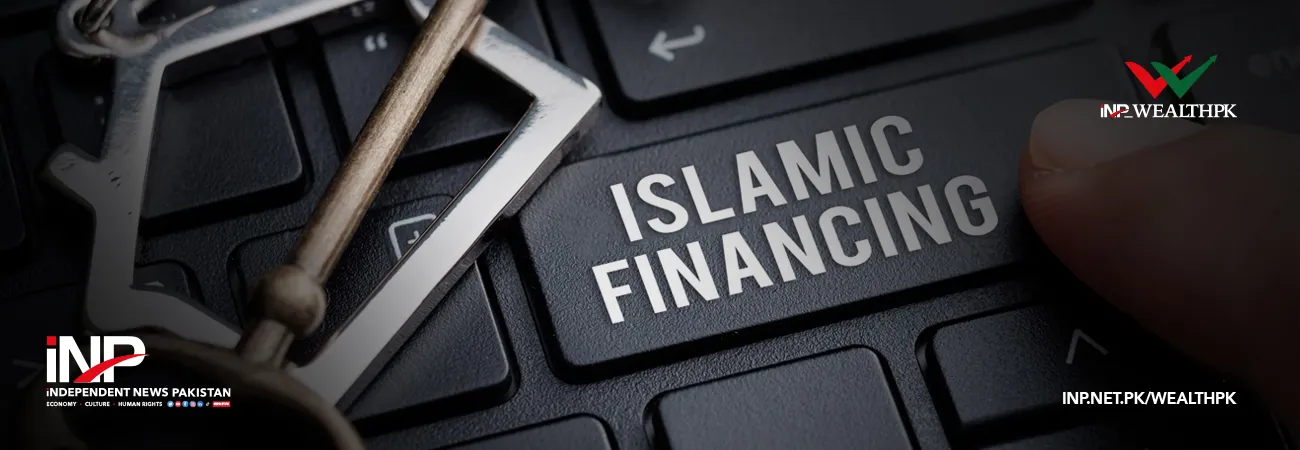INP-WealthPk
Aitizaz Hassan
Bridging the mobile gender gap will bring benefits to society, economies and individual women and families. It will also contribute to achieving the UN Sustainable Development Goals (SDGs), particularly the SDG-5 which is about gender equality and the empowerment of all women and girls.
According to a report of Global System of Mobile Association (GSMA), closing the gender gap in mobile internet use across low-and middle income counties (LMICs) could add $700 billion in gross domestic product (GDP) growth over five years.
This would represent an additional 0.7% of GDP growth. Conversely, if governments do not take measures to close the mobile gender gap, they will not only miss out on the economic gains, but also bear the cost of exclusion.
The Alliance for Affordable Internet (A4AI) estimates that women’s unequal access to and use of internet has cost low-and lower-middle income countries $1 trillion over the past decade, and an additional potential loss of $500 billion is coming by 2025 if no action is taken.
The GSMA report says that targeted action by a range of stakeholders, particularly governments, is needed to accelerate mobile internet adoption and use.
A 2021 GSMA landscaping study, which reviewed 79 policies across 29 LMICs, revealed that many do not have gender-inclusive approaches. Only 53% of digital inclusion policies contained direct references to gender-inclusive approaches, 31% included indirect references, and 16% had no references to gender at all.
According to an annual report of Pakistan Telecommunication Authority (PTA), Pakistan faces a peculiar situation when it comes to mobile subscription or penetration by gender. Since the last couple of years, female mobile subscriptions only account for 21% of the total.
The PTA report says that there are large numbers of unaccounted women using mobile connections. Of the 182 million (FY 2021) mobile connections across Pakistan, only 38 million are held by females against their CNICs (computerized national identity cards); the remaining 144 million connections are held by the male population.

Source: PTA
The GSMA report says that 51% of women in Pakistan occupied the ownership of their mobile phone and 22% have the facility to use the internet. In contrast, 76% of men have the ownership of their mobiles and 36% have access to internet service. It shows that there is a 33% gender gap in the ownership of mobiles and a 38% gender gap in the access to internet facility.
Due to security-related issues, as well as social, cultural, and religious reasons, females do not get mobile subscriptions against their own CNICs; instead, they have it in the name of their male family members.
According to the report, 23% of men and 19% of women non-mobile users think that they cannot afford to buy a mobile. Alarmingly, 35% pf women don’t have mobiles due to family disapproval.
The GSMA report says that 76% of Pakistani women and 92% of men are aware about their access to internet.
Credit : Independent News Pakistan-WealthPk













